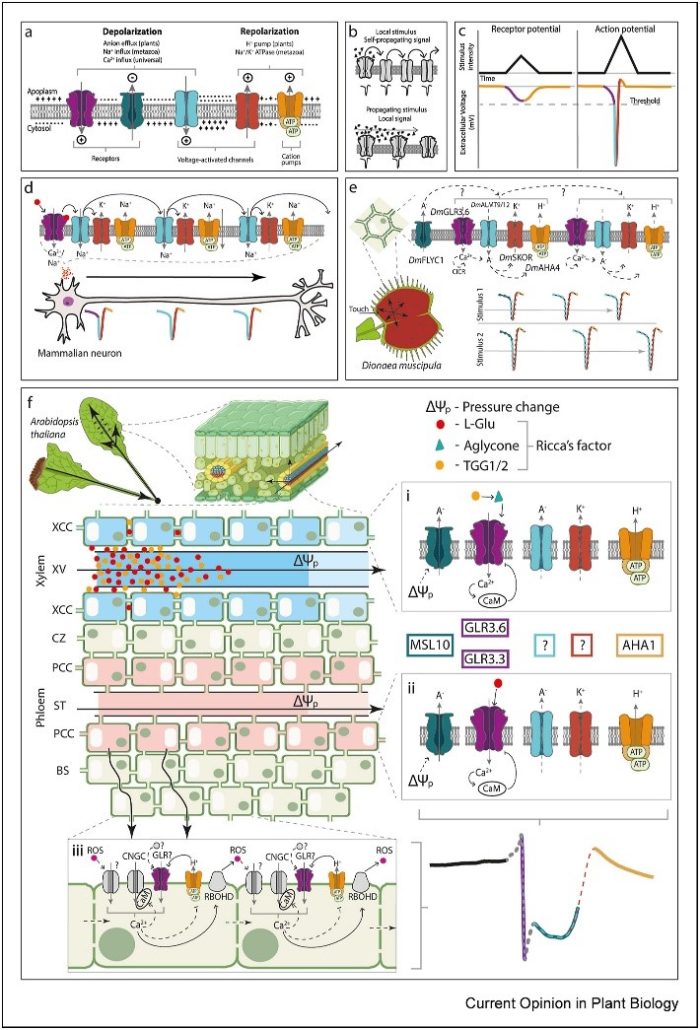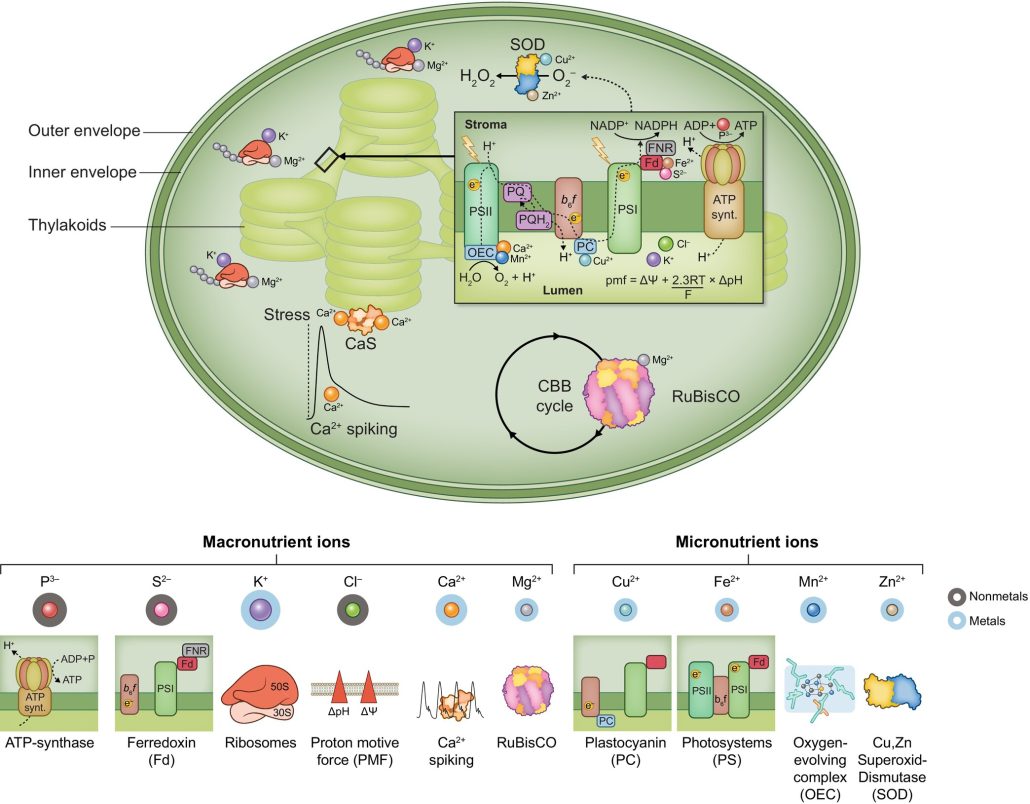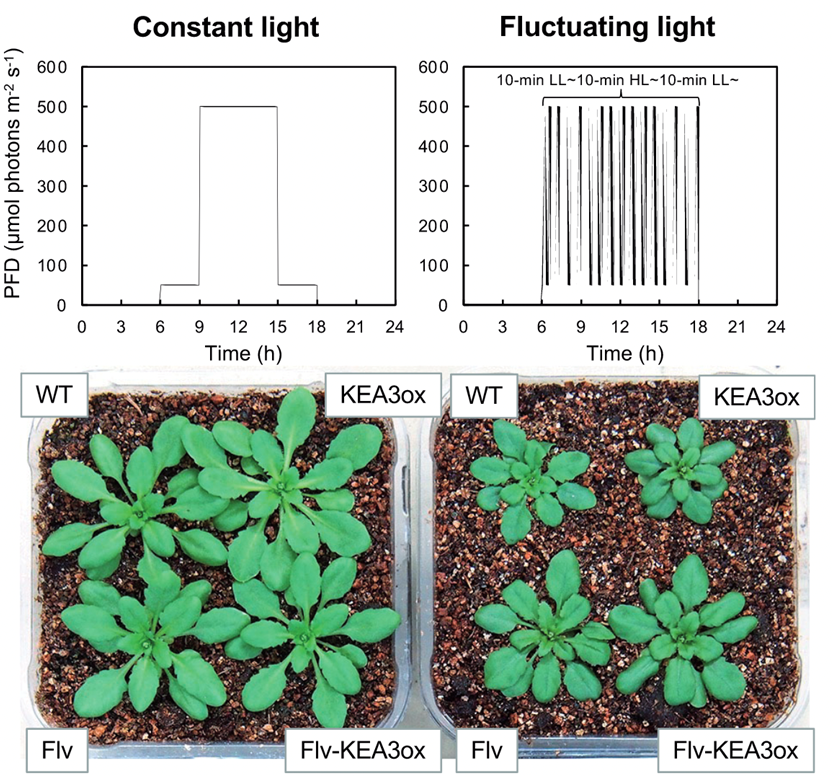
Review. Revisiting plant electric signaling: Challenging an old phenomenon with new discoveries
Plant Science Research WeeklyIn the electrifying world of plant signaling, a paradigm shift is underway as researchers dig into the intricate mechanisms of action potentials (APs) and slow wave potentials (SWPs). Departing from conventional neurophysiological dogma in the animal kingdom, this review by Barbosa-Caro and Wudick illuminates…

Review: Chloroplast ion homeostasis
Plant Science Research WeeklyHealthy plants require access to several mineral nutrients, which are usually taken up in ionic form. The details of nutrient uptake, distribution, and function have been painstakingly revealed over several decades. In this excellent new Tansley Review, Kunz et al. provide an overview of ion homeostasis…

Flavodiiron proteins enhance the rate of CO2 assimilation in Arabidopsis under fluctuating light intensity (Plant Physiol)
Plant Science Research WeeklyPlants must adjust to varying levels of light in order to optimize photosynthetic rates; too little electron transport and plants will incur an energetic penalty, while excessive excitation of photosystem I leads to photodamage. During high light conditions, the increase in DpH acts as a brake on electron…

Keeping an “i-on” chloroplast gene expression
The Plant Cell: In a NutshellDeTar et al. examined whether disruption of ion homeostasis affects plastid gene expression and chloroplast development.
Rachael Ann DeTar and Hans-Henning Kunz both at School of Biological Sciences at Washington State University & Plant Biochemistry at LMU Munich
Background: Proteins that…

